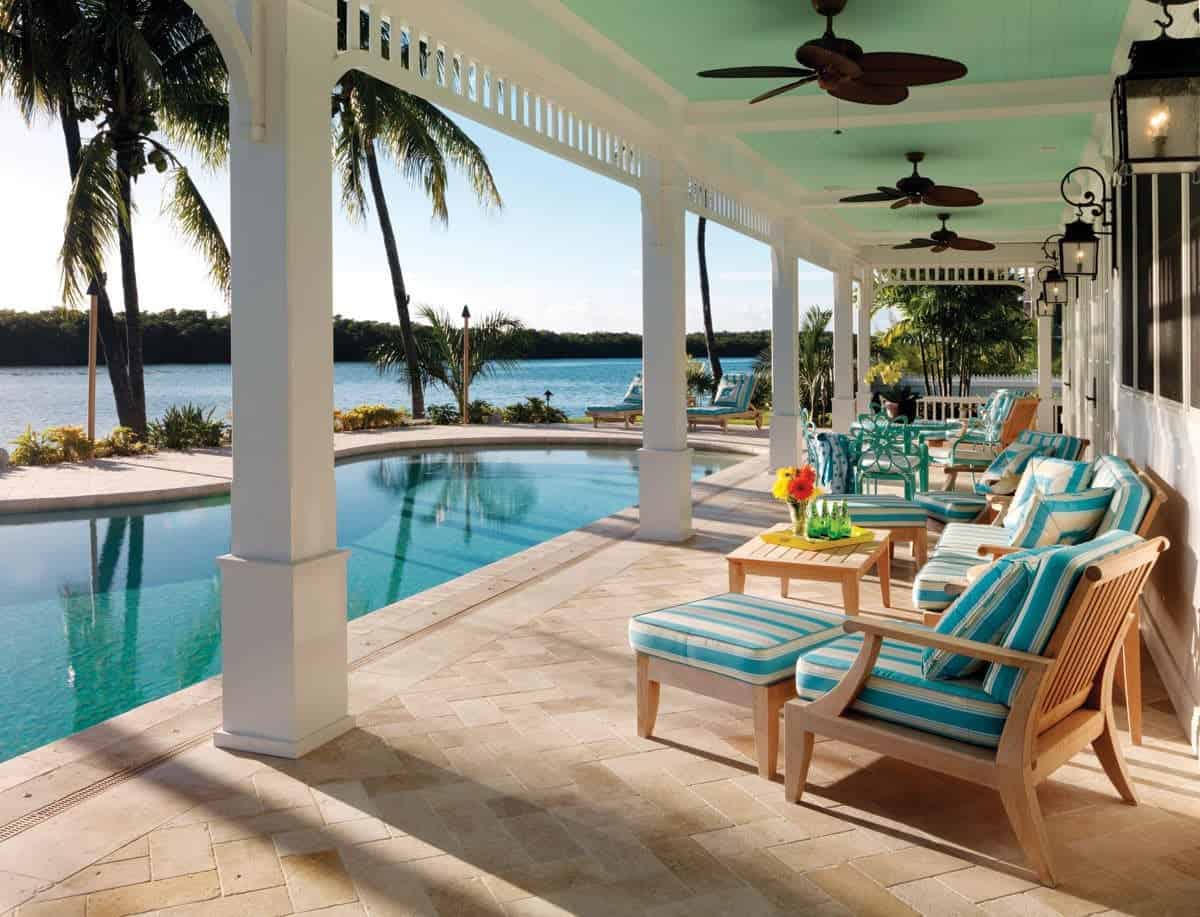Beginning to daydream about dining underneath the stars? Just one problem: You don’t have a patio … yet.
For many homeowners, the patio borders on magical: a place to unwind, entertain, cook out, and veg out. Its surrounding hues are more vibrant than anything from a paint can, and food that’s cooked up in an outside kitchen somehow always tastes better than anything that comes from its indoor counterpart.
Creating that perfect outdoor space to suit your needs and your family all begins with the literal foundation.
Your selection can have a huge influence on the appearance, durability, and functionality of your favorite home addition.
How to Plan an ideal Patio

Getting started
Prior to committing to a style of patio, first envision the finished space. You probably have a good idea of the location and approximate size, so go grab a chair, take it outside, and position it in the intended spot. Then sit, and picture each material in your mind’s eye.
Your patio shouldn’t only complement your home and landscape, it ought to also improve your lifestyle. For those who have a considerable space to utilize, consider incorporating a combination of paving materials; some of the best patio designs include two or more. Using multiple materials lets you integrate inlaid borders that can visually separate an area for lounging from the outdoor kitchen.
When you’ve dreamed up your ideal design, consider which materials would best bring it to life, with regards to both aesthetics and practical issues, such as maintenance requirements and cost.
Concrete
Poured concrete is the patio material of choice for many homeowners because it’s structurally sound, inexpensive, and can also be stamped or dyed to mimic higher-end paving materials. It’s best suited for moderate to warm climates where frost heave is not a concern.
Bricks
Available in a range of colors, bricks create a warm and engaging patio. This classic patio style typically is more expensive than one constructed from concrete, not just for the materials themselves, but also for labor – a significant consideration when every brick must be set by hand, leveled and grouted.
Should you choose to invest, you can design the area with any number of patterns, from a traditional running bond to something with added textural appeal like a boxed basket-weave or herringbone.
Planning tip: For patios, solid 1- or 2-inch-thick paving bricks are the best choice, either dry-laid or mortared in place. Be skeptical about extending your brick patio into deep shade, or else you’ll need to be aware of a slick surface after every rainfall.
Pavers
Often manufactured from cement, cinder or stone, pavers top the DIY patio wish list for their low price and super simple installation – they’ll have you out there grilling in record time.
If you’re preparing to lay your own patio, you’ll need a suitable substrate consisting of a minimum of three inches of sand, and a permanent border, say for example a poured concrete curb, to prevent the pavers from shifting.
Stone
The highly desirable appearance of stone comes with a steeper price tag – particularly when your pick isn’t locally sourced – but you can’t beat it for natural appeal. Flat, irregularly shaped stones provide a calm and meandering effect, while uniform-cut slabs of granite, travertine, slate, or bluestone can certainly create formal patio that’s fitting for any backyard.
Planning tip: Natural stone is incredibly durable for virtually any patio, but if you happen to be planning one poolside, select a nonslip variety, such as coral stone.
Tile
Available in ceramic, glass, porcelain, terra cotta and natural stone, tile creates beautiful mosaic patio designs that are refreshingly cool underfoot in hot climates. Because tile is thin, it will require the installation of a concrete slab.
Planning tip: Even if you intend to lay the tile yourself, it’s a smart idea to employ a professional pour a level slab. Also remember that not every tile is proper for patio construction. To withstand weather, all your materials – tile, thinset, grout and sealer – has to be labeled for exterior use.
Crushed stone, pea gravel and sand
If you’re not a fan of rock-solid patios, crushed stone, pea gravel or sand may be more your style. Both crushed stone and gravel provide a variety of textures and colors at affordable prices, and even sandy Zen gardens can double as patio areas.
You will, however, really need to install a solid perimeter to keep the loose material from spreading outside its intended border.
Planning tip: It can be difficult to remove snow and fallen leaves when the seasons change, so think about your climate and environment carefully. To keep a manicured look, count on refreshing the surface every couple of years.
So if you would rather pick out your new home that has all the outdoor space you need here in the Tampa Bay and surrounding areas. Nick & Cindy Davis can assist you with that. We are always available at 813-300-7116 or simply click here and we will be in touch.